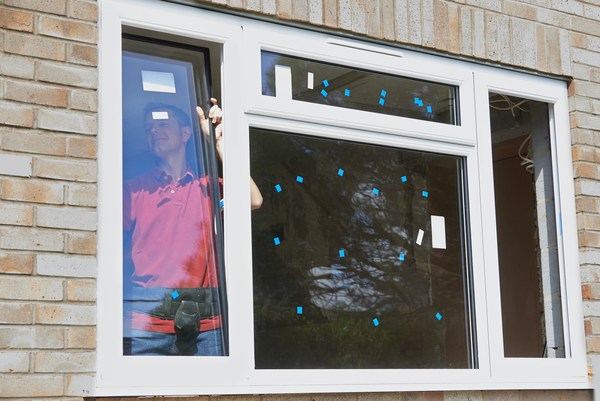The Child Care and Development Block Grant helps subsidize the cost of childcare, helping low-income families get quality child care assistance.
Working parents need childcare, but low-income families often can’t afford the high cost of quality child care. This leaves low-income families with fewer options. The Child Care and Development Block Grant (CCDBG) helps with this issue, providing states with financial assistance for childcare for low-income working families. The childcare assistance helps families pay for quality childcare despite their low income.
How Does the Child Care and Development Block Grant Work?
The federal government distributes funds from the CCDBG federal fund to individual states. Each state then distributes the funds to low-income families that need assistance with child care. The funds are provided in the form of a certificate that families can use to pay for quality childcare. The funds come from the Child Care and Development Fund (CCDF), which the CCDBG funds.
The average fee for full-time childcare is between $3,500 and $16,500 per year. The exact amount depends on the area, age of the child, and the childcare facility. Families that qualify for the grant will pay a portion of the childcare costs based on their income. This is called a co-payment or "co-pay". The co-pay covers a small portion of the childcare and the grant covers the remainder. The co-pay amount is determined by each state on a sliding scale basis. That is, the size and income of a household determines the size of the co-pay. The remainder of the cost is covered by the grant.
Who Qualifies for the CCDBG?
You must be a parent of a child ages 13 or younger and be the primary caregiver in order to qualify. In addition, you must:
- Prove that your income is low or very low compared to the average income in the area
- Be employed or enrolled in a professional training program
If you have a child older than 13 years old but younger than 19 who is disabled and/or incapable of self-care, you may also qualify. Each state has different income requirements based on the poverty level in that state. You can find federal guidelines for each state’s poverty levels through the Health and Human Services. However, you should also consult your state's Family and Social Services Administration for more accurate information.
How to Apply for CDDBG
As stated above, each state administers its CCDBG funds through its Family and Social Services Administration. Locate your local office and inquire about how you should apply for the financial assistance for childcare. Most states require you to get in touch with an intake coordinator to start the process.
Once you are approved, you must choose a childcare program that meets the CCDF eligibility standards. If you are unsure which daycare and childcare programs in your area are eligible, contact your state's Family and Social Services Administration to find out which options you have.
The Benefits of Childcare and Development Fund
The Child Care and Development Block Grant helps both the economy and low-income families by providing access to quality and affordable childcare at prices low-income families can afford while still paying the childcare programs their standard fee. Furthermore, the programs that participate in the fund meet the state’s standards for training and education, providing children with the quality education they need. It’s a great way to ensure your child is well looked after while you work or undergo professional training.






